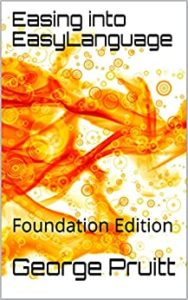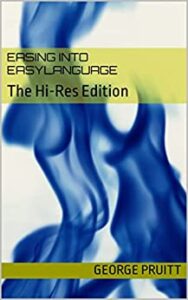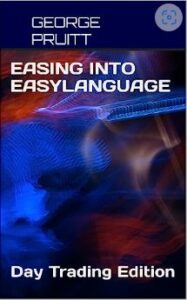RMI Trend Sniper Indicator – Described on ProRealTime in PR Code.
RMI Trend Sniper Indicator – Indicators – ProRealTime
RMI Trend Sniper: An Innovative Trading Indicator
The following is from the RealCode website – I have just copied and pasted this here. Here is the header information that provides credit to the original programmer.
Here is the description of the Indicator via ProRealCode. Please check out the website for further information regarding the indicator and how to use it.
The RMI Trend Sniper indicator is designed to identify market trends and trading signals with remarkable precision.
This tool combines the analysis of the Relative Strength Index (RSI) with the Money Flow Index (MFI) and a unique approach to range-weighted moving average to offer a comprehensive perspective on market dynamics.
Configuration and Indicator Parameters
The RMI Trend Sniper allows users to adjust various parameters according to their trading needs, including:
- RMI Length: Defines the calculation period for the RMI.
- Positive and Negative Momentum (Positive above / Negative below): Sets thresholds to determine the strength of bullish and bearish trends.
- Range MA Visualization (Show Range MA): Enables users to visualize the range-weighted moving average, along with color indications to quickly identify the current market trend.

Many of my clients ask me to convert indicators from different languages. One of my clients came across this from ProRealCode and asked me to convert for his MulitCharts. Pro Real code is very similar to EasyLanguage with a few exceptions. If you are savvy in EL, then I think you could pick up PRC quite easily. Here it is. It is a trend following indicator. It is one of a few that I could not find the Easylanguage equivalent so I thought I would provide it. Play around with it and let me know what you think. Again, all credit goes to:
//Iván González @ www.prorealcode.com
//Sharing ProRealTime knowledge
Getting Creative to Shade Between Points on the Chart
TradeStation doesn’t provide an easy method to do shading, so you have to get a little creative. The plot TOP is of type Bar High with the thickest line possible. The plot TOP-BOT (bottom of top) is of type Bar Low. I like to increase transparency as much as possible to see what lies beneath the shading . The BOT-TOP (top of bottom) is Bar High and BOT is Bar Low. Pos and Neg are of type Point. I have colored them to be GREEN or RED.

Happy New Year!
Discover more from George Pruitt
Subscribe to get the latest posts sent to your email.





